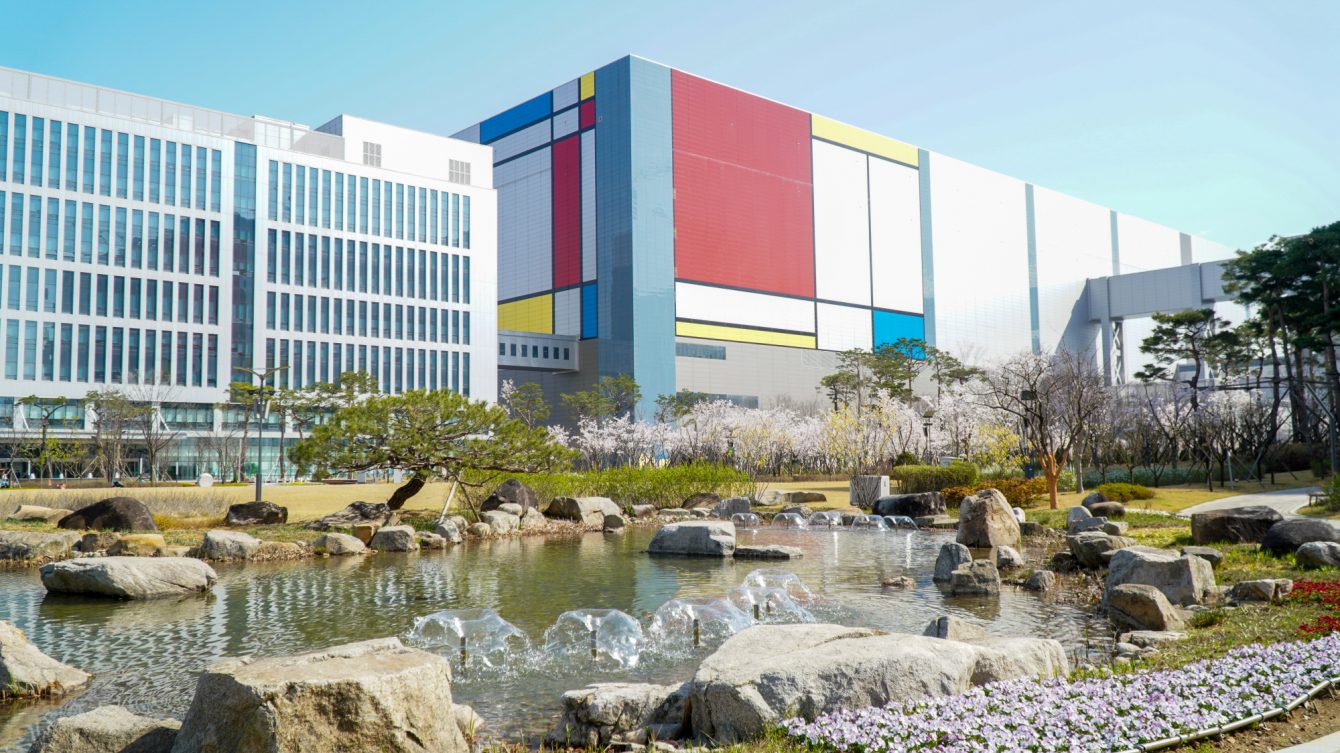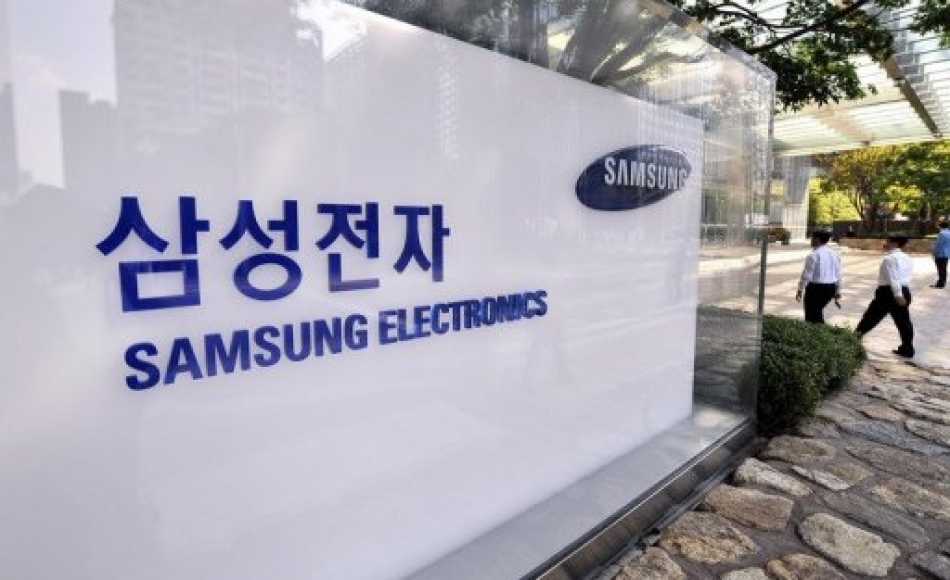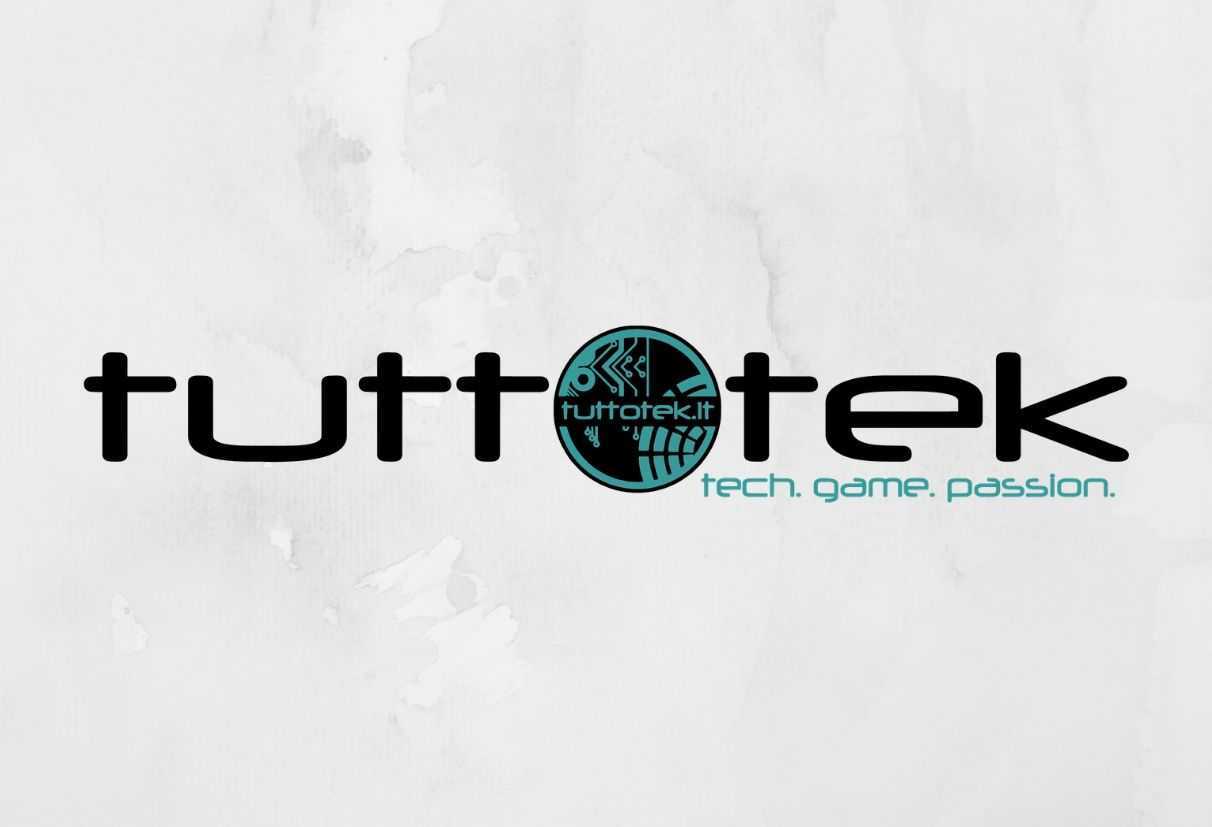Samsung Electronics announces a new strategy for the environment and joining the RE100 with the aim of zero emissions by 2050
The company Samsung has announced its adhesion to the initiative RE100 with the aim of eliminating emissions by 2050. The aim is to develop energy efficient products and the resources used, to enable consumers to lead a sustainable lifestyle. All this with investments and development of technologies for a better planet; application of tecnologie carbon capture e clean air.
Details on Samsung’s new strategy for the environment and the RE100
Samsung Electronics today announces a new environmental strategy, an all-encompassing commitment to join global efforts to cope with climate change. From the commitment to achieve the goal of zero carbon dioxide emissions throughout the company, to plans to use more renewable resources; up to the investment in research of new technologies to develop energy efficient products. Added to these are the increase in water reuse and the development of a technology for capturing carbon emissions.
At the heart of Samsung’s commitment, the achievement of zero carbon emissions (Scope 1 and Scope 2) for all operations relating to the division Device eXperience (DX) by 2030. And of course, also for all operations globally, including the division Device Solutions (DS), by 2050. DX includes the consumer electronics businesses, including Mobile eXperience, Visual Display, Home Appliances, Network Systems, Healthcarewhile the Device Solutions (DS) division includes Memory Systems, The LSI system e Foundry.
RE100
Samsung Electronics also joined RE100a global initiative to achieve the 100% renewable energy. As part of the commitment, the company is planning to meet the electricity needs of all international markets in which it operates outside Korea with renewable energy within five years.
The new plan confirms Samsung Electronics’ already consolidated commitment to the climate and the environment, further extending it also through the development of new technologies. This represents the continuation of a path already underway for the implementation of new sustainable practices for a better future for all.

Statements on Samsung’s new environmental strategy and the ER100
The climate crisis is one of the greatest challenges of our time. Failure to act now would lead to unimaginable consequences and for this we must all act, including businesses and governments,
he claims Jong-Hee HanVice Chairman and CEO of Samsung Electronics, who goes on to say:
Samsung is responding to the dangers of climate change with a comprehensive plan. This includes reducing emissions, new sustainability practices and developing innovative technologies and better products for our planet.
Samsung is also committed to improve the circularity of resources throughout the entire life cycle of the product, from the procurement of raw materials to recycling, up to disposal. The plan also includes details of investments in new technologies to reduce emissions generated by process gases and energy consumption by products. The company has a plan to explore new carbon capture technologies and address the issue of atmospheric particulate matter.
Large investments to promote environmental sustainability
Samsung Electronics announced a investment of over KRW 7 billion (amounting to over 5 million euros) in initiatives for the environment by 2030. Initiatives aimed at reducing process gases and polluting materials, water storage and the enhancement of the collection of electronic waste.
The investment figure excludes the costs associated with the increased use of renewable energy. All this to be able to respond to the need for highly innovative approaches to promote environmental sustainability.
Net Zero by 2050: eliminating direct and indirect CO2 emissions
Samsung Electronics intende zero carbon emissions by 2050with the DX division reaching the target already by 2030. That is, the company expects to reduce the equivalent by approx 17 million tons of emissions of carbon dioxide (CO2e), based on data from 2021. With this in mind, Samsung will invest significantly in innovative technologies for treatment plants capable of reducing emissions.
The company plans to develop new solutions to dramatically reduce process gases, a byproduct of semiconductor manufacturing. In addition, it plans to install processing plants in its semiconductor production lines by 2030. Samsung Electronics will continue to expand facilities for the use of waste heat and will consider introducing electrical heat sources to reduce the use of LNG boilers.
Details of the RE100
Samsung Electronics has joined RE100 in a collaborative effort to reduce indirect carbon emissions from energy consumption. The company aims to meet the electricity needs with renewable energy by 2050 for all its operations globally. As part of this initiative, Samsung plans to use renewable energy for all operations outside Korea and the DX division within five years. The company’s renewable energy procurement methods will include:
- signing of energy purchase contracts (PPA),
- purchase of renewable energy certificates,
- participation in green tariff programs.
The goal of combine the use of electricity with renewable energy is set for 2022 for Southwest Asia and Vietnam. By 2025 for Central and Latin America and by 2027 for Southeast Asia, the CIS and Africa. The United States, China and Europe have already integrated the use of electricity produced from renewable sources. Samsung Electronics plans to expand renewable energy purchase agreements (PPAs) to these states.
Products with very low consumption and circularity of resources
It is also part of Samsung Electronics’ commitment to a healthier planet guarantee that its products are efficient from an energy point of view. and which obviously use less electricity. At the same time, ensuring that the entire life cycle of the product is more sustainable, from the procurement of raw materials to disposal and recycling.

Low consumption semiconductors and high energy efficiency electronic devices
Samsung Electronics intende leverage on new low-consumption technologies to reduce the energy use of everyday electronic devices. This project involves the development of new ultra-low-power memory chips, which aim to significantly reduce the annual energy consumption of storage devices used in data centers. All by 2025 compared to current products.
The company it will also implement low-consumption technologies in the main models of the seven product categories of consumer electronics, smartphones, refrigerators, washing machines, air conditioners, TVs, etc. . With the aim of reducing energy consumption levels by an average of 30% in 2030 compared to products with the same specifications in 2019.
For the future, Samsung Electronics will set medium to long-term reduction targets for value chain emissions (Scope 3). Samsung Electronics yes it will also focus on new approaches to reduce emissions in areas such as the supply chain, logistics and circularity in the use of resources, as well as supporting suppliers in defining their emission reduction targets.
Maximize the circularity of resources throughout the product life cycle
Samsung Electronics will redouble its efforts to improve the circularity of electronic device resources throughout their entire life cycle. From the procurement of raw materials to disposal and recycling, ensuring that every resource is used with the least possible impact on the environment.
The process begins with re-evaluating the use of natural resources in product development. Samsung Electronics has created a new Circular Economy Lab to conduct comprehensive research on materials recycling technologies and processes for extracting resources from waste. The goal is to apply these technologies to maximize the circularity of resources. In addition, the company plans to set up a system by 2030 in which minerals extracted from all used batteries can be reused.
Also by 2030, 50% of the plastics used in products will incorporate recycled resin. In 2050 this percentage will reach 100%. The Galaxy Z Fold4 has already been designed to incorporate recycled plastic from discarded fishing nets, and the success it has seen will soon roll out to other products.
Measures for the protection of water resources and for the treatment of pollutants
Samsung also intends maximize the efficiency of water resources. As the domestic semiconductor manufacturing capacity expands, Samsung Electronics’ daily water requirements in Korea are expected to double from current levels by 2030. However, the company is committed to optimizing water reuse. thus maintaining the actual quantities of water resources used at 2021 levels.
For the DX Division, the company plans to promote the reuse of water resources improving the purification plants. It also plans to return, by 2030, the same amount of water used through water restoration projects, such as improving water quality and restoring waterways. At the same time, the DS division aims to apply new technologies that remove air and water pollutants emitted during the semiconductor manufacturing process.
At the enterprise level, Samsung Electronics intends to obtain certification Platinum Level Zero Waste to Landfillissued by the global safety certification organization Underwriters Laboratories (UL), for all global activities by 2025.
Investments and development of innovative technologies for a sustainable future
Samsung Electronics intends to apply the company’s leading technologies to address global climate challenges. In particular, the company will focus on the development of technologies for carbon capture and storage. in order to reduce carbon dioxide emissions. In addition, the development of air purification technologies to reduce particulate matter is being considered, which has become an environmental challenge worldwide.
Il Carbon Capture Research Institute was established within the Samsung Advanced Institute of Technology (SAIT) in September 2021, the first of its kind in the …
















Leave a Reply
View Comments